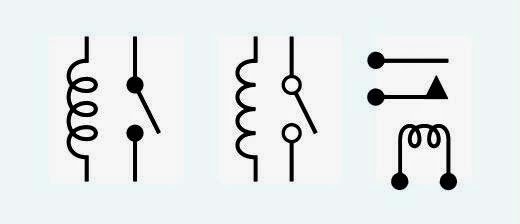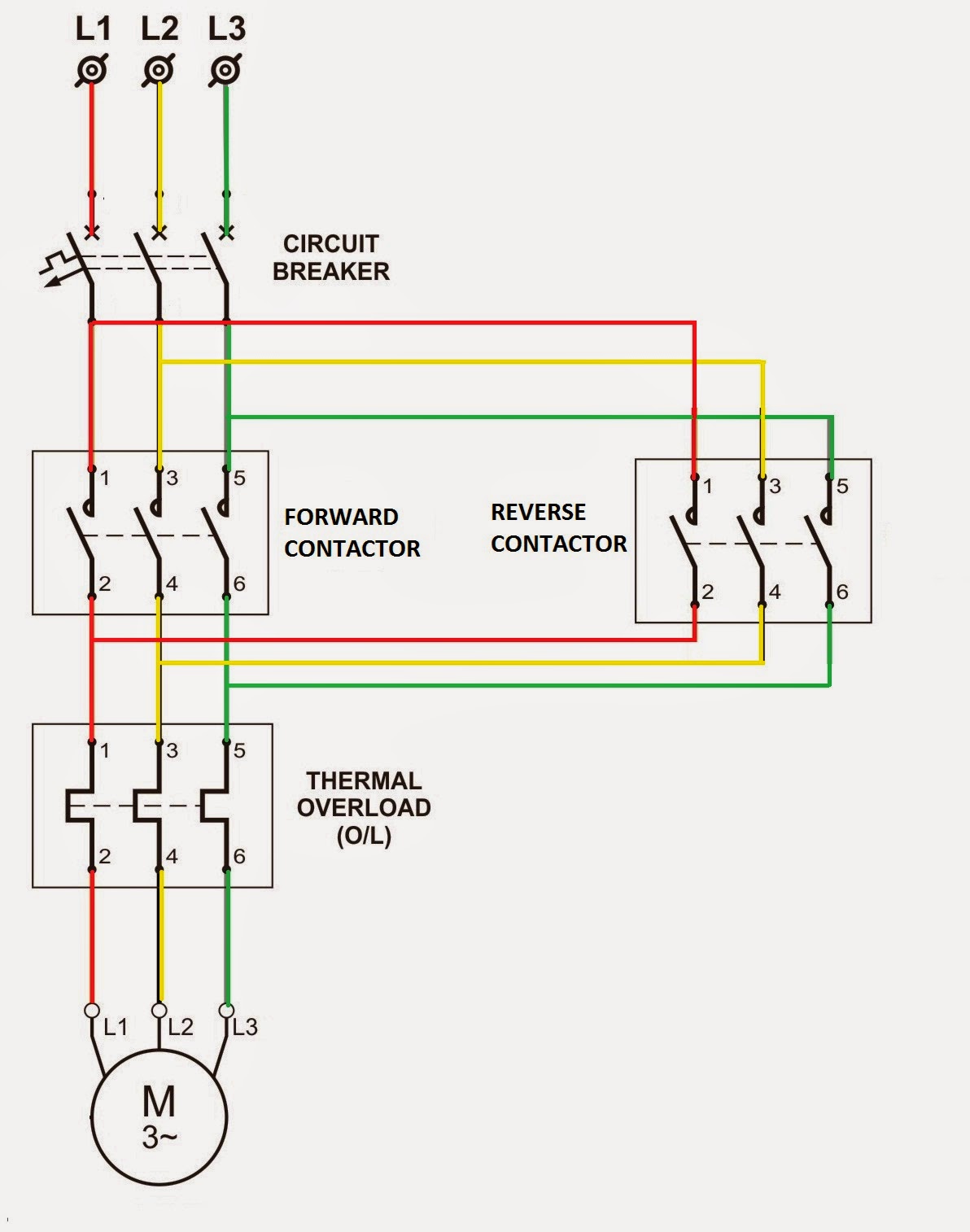Understanding Electrical Relay Symbols

Imagine a tiny switch controlling a powerful circuit, like a light switch activating a massive spotlight. That, in essence, is the magic of a relay. Understanding its electrical symbol is key to navigating circuit diagrams and harnessing this versatile component. This exploration delves into the graphical representation of relays, unlocking their function and importance in electrical systems.
The electrical symbol for a relay isn't just a squiggle on a diagram; it's a shorthand language that communicates a specific function. It represents the relay's ability to control a high-power circuit with a low-power signal. By learning to read this symbol, we gain insight into the intricate workings of electrical circuits and their control mechanisms.
Relay symbols have evolved over time, mirroring advancements in relay technology. Early diagrams might feature simpler depictions, while modern symbols often incorporate details like contact arrangements and coil type. Tracing this evolution provides context and a deeper appreciation for the standardized representations we use today.
Why is the relay symbol so crucial? Imagine trying to decipher a complex circuit diagram without a standardized way of representing relays. It would be chaotic. The standardized relay symbols provide a universal language that transcends geographical boundaries and ensures clear communication between engineers and technicians.
The core issue concerning relay symbols is ensuring consistent understanding. Variations or misinterpretations can lead to design flaws or miswiring during implementation. Therefore, adhering to established standards is paramount for proper circuit design and operation. This guide seeks to clarify those standards and promote accurate interpretation.
A relay essentially consists of an electromagnet and a set of electrical contacts. When a small current passes through the electromagnet (the coil), it creates a magnetic field that activates the contacts, switching the high-power circuit on or off. The relay symbol visually represents these components, showing the coil and the contacts in a simplified form.
Different types of relays, such as latching relays and timer relays, have slightly different symbols to reflect their specific functionality. For instance, a latching relay symbol might include an indicator to show its "memory" function. These distinctions are crucial for understanding the precise operation of a circuit.
One key benefit of using standardized relay symbols is clarity in circuit diagrams. This allows engineers to easily understand the function and interconnection of components. Another advantage is reduced design errors, as everyone interprets the symbols the same way. Finally, standardized symbols facilitate efficient troubleshooting, making it easier to identify and rectify faults in a circuit.
Consider a simple example: controlling a motor with a relay. The relay's coil is connected to a low-voltage switch, while its contacts control the high-voltage power supply to the motor. The relay symbol on the diagram clearly shows this relationship, enabling anyone to understand the circuit's operation.
If faced with an unfamiliar relay symbol, consult a reliable reference guide or datasheet. These resources provide detailed explanations of various relay symbols and their corresponding functions. Cross-referencing symbols with their descriptions ensures accurate interpretation and avoids potential misinterpretations.
Advantages and Disadvantages of Standardized Relay Symbols
| Advantages | Disadvantages |
|---|---|
| Clear Communication | Requires Learning |
| Reduced Design Errors | Potential for Misinterpretation if not Standardized |
| Efficient Troubleshooting | Can become complex for specialized relays |
Frequently Asked Questions:
1. What is the basic relay symbol? - It typically depicts a coil and a set of contacts.
2. How do relay symbols differ for different relay types? - Variations in the symbol indicate specific functionalities like latching or timing.
3. Where can I find a comprehensive guide to relay symbols? - Look for electrical engineering handbooks or online resources specializing in electrical symbols.
4. Why is it important to use standardized relay symbols? - Standardization ensures clarity and prevents misinterpretations.
5. What are the common mistakes when interpreting relay symbols? - Not understanding the specific variations for different relay types can lead to errors.
6. How can I learn to identify different relay symbols quickly? - Practice and using reference guides can help improve familiarity.
7. Are there any software tools that help with relay symbol identification? - Yes, some circuit design software packages have libraries of standard symbols.
8. What is the significance of the coil and contact representation in the relay symbol? - They visually represent the fundamental operating principle of a relay.
In conclusion, understanding electrical relay symbols is paramount for anyone working with electrical circuits. From simplifying complex diagrams to facilitating efficient troubleshooting, these symbols serve as a crucial communication tool. By mastering the language of relay symbols, we unlock the potential of these versatile components and empower ourselves to design, analyze, and maintain electrical systems effectively. Embrace the simplicity and clarity that standardized symbols offer, and delve deeper into the fascinating world of electrical control. This knowledge empowers you to design robust, efficient, and reliable systems, and to contribute to a world increasingly reliant on sophisticated electrical infrastructure.
Unleash your inner artist crafting adorable animated cat gifs
Unlocking smooth towing your guide to boat trailer wheel sizes
Can a motor run on water exploring the possibilities













